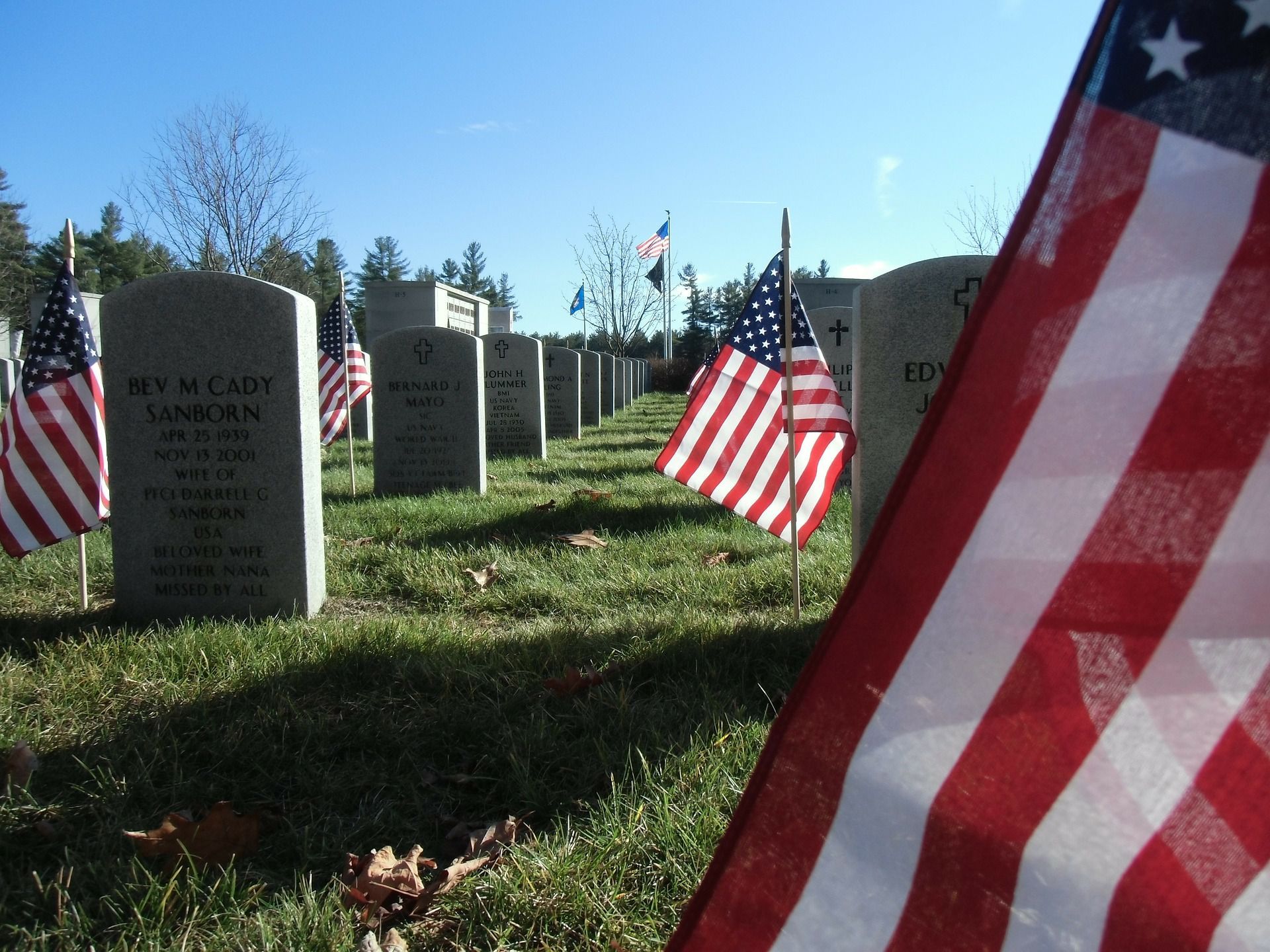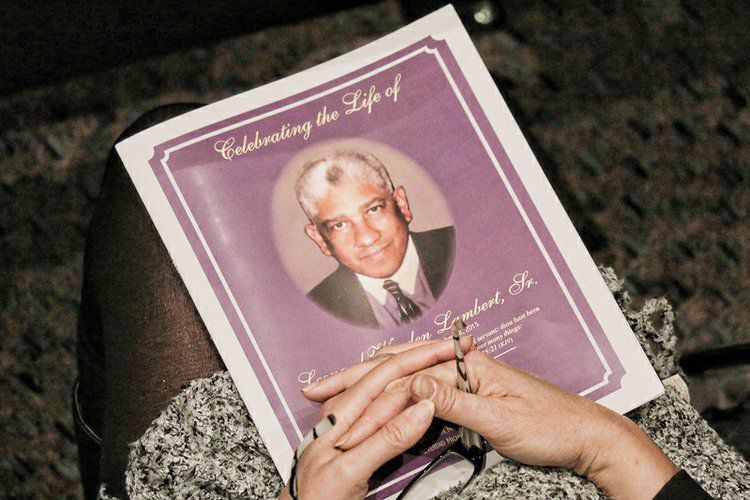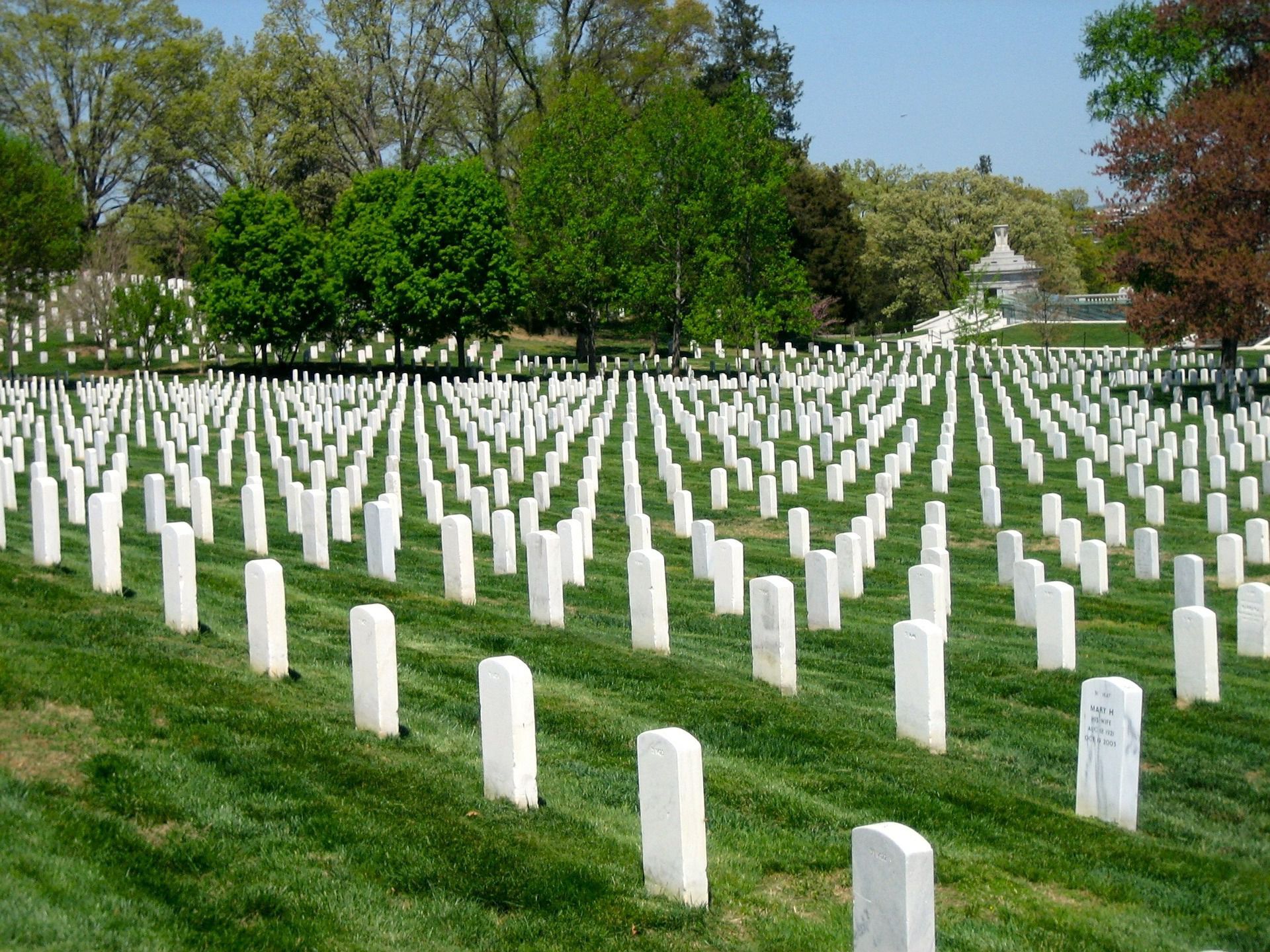5 of America's Oldest and Most famous Cemeteries
Cemeteries have been a necessity to American life for as long as people have needed burials, which means there are plenty of historic graveyards across the US. Here are some of the country’s oldest and most famous cemeteries.
1. Myles Standish Burial Ground
Naturally, most of the country’s oldest burial grounds are in the northeast, where America was first settled. Yes, America is home to several cemeteries that are nearly as old as the country itself!
The Myles Standish Burial Ground is located in the town of Duxbury, Massachussets, near the first American settlement of Plymouth, where the Mayflower landed. In fact, many of the Mayflower pilgrims are buried at Myles Standish, including the cemetery’s namesake, Captain Myles Standish. The cemetery was first used in 1638, just 18 years after the pilgrims arrived at Plymouth. In 1789, the site was abandoned for about a century before being reclaimed by the Duxbury Royal Society. The Town of Duxbury now takes care of the cemetery and it was registered as a National Historic Place in 2015.
2. Old Burying Point
Also located in one of the nation’s oldest colonies, Old Burying Point was established in 1637 in Salem, Massachussetts. Home of the famous Salem Witch Trials, Salem established Old Burying Point fifty years before the trials began. None of those executed as a result of the trials are buried in this cemetery, but some of the people involved in the trials (including the judge who sentenced 20 innocent people to death) are buried here.
3. Arlington National Cemetery (1864)
Arlington National Cemetery is a major American landmark, with the graves of more than 400,000 soldiers located across 200 acres in Arlington, Virginia. Arlington’s first military burial was in 1864, but the property itself served many purposes before becoming a cemetery. Originally owned by the step-grandson of George Washington, federal troops used the land as a camp and headquarters during the Civil war. In 1863, the property also held a transitional space where former slaves could access food, education and medical care.
Arlington National Cemetery was born out of necessity because of the increasing Civil War deaths. The historic cemetery now hosts more than 3,000 military funeral services annually.
4. Calvary Cemetery
With its first burial in 1848, Calvary Cemetery in Queens has become the largest cemetery in the US with more than 3 million graves. After the original section of the cemetery filled in 1867, three more sections were opened. The cemetery saw a boom with the tuberculosis and cholera epidemics in the early 20th century, with nearly 200,000 burials in the decade following 1898.
5. Saint Louis Cemetery (1789)
Saint Louis Cemetery is actually three cemeteries located in New Orleans, Louisiana. The first was established just a block from the French Quarter in 1789 after a city-wide fire destroyed the city’s original cemetery. In 1823, Saint Louis No. 2 was established just a few blocks from No. 1, and No. 3 was established in 1854 even further from the French Quarter.
Saint Louis No. 1 is not only the oldest, but also the most well-known of the three cemeteries. One of the country’s most visited tombs is located in this cemetery: that of Marie Laveau, rumored to have been a Voodoo queen. Nicolas Cage also purchased a pyramid-shaped tomb at Saint Louis Cemetery No. 1.




